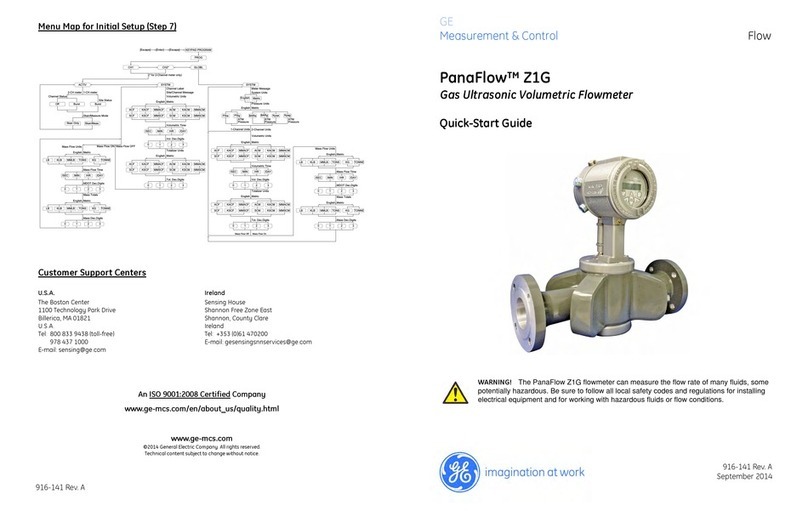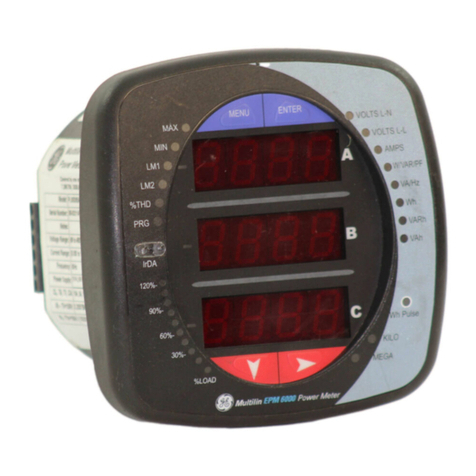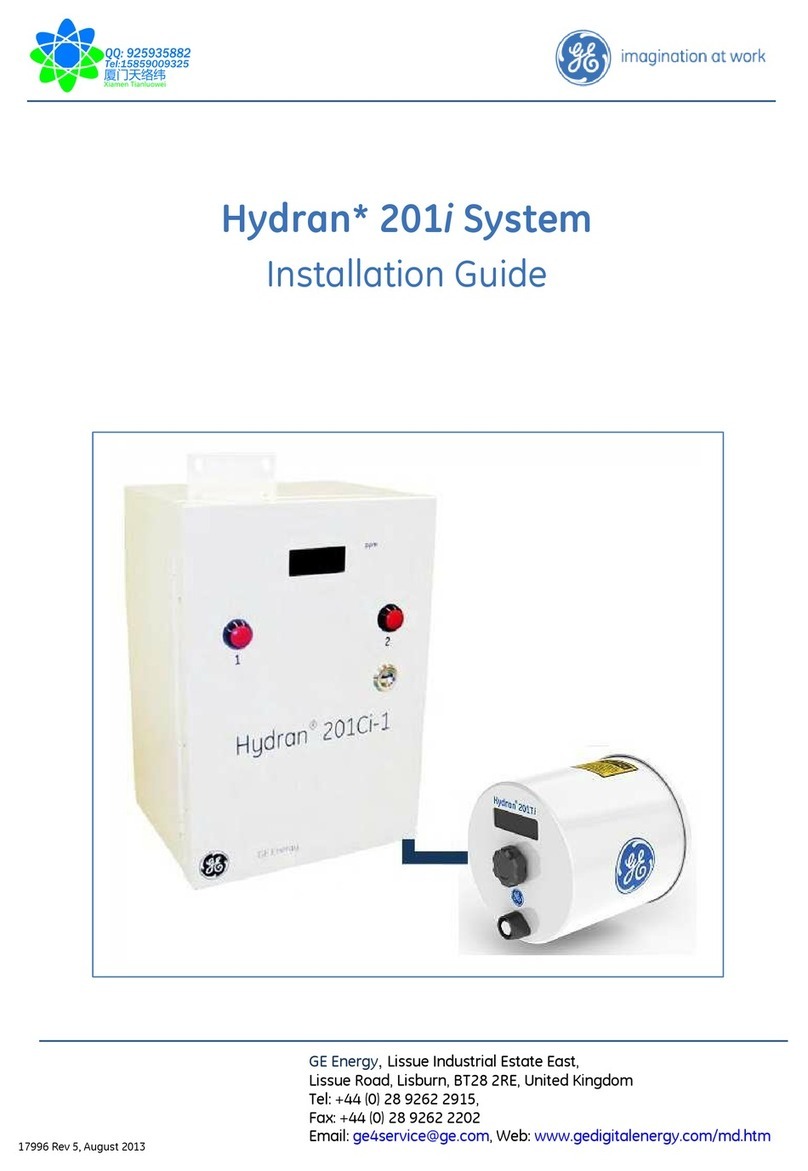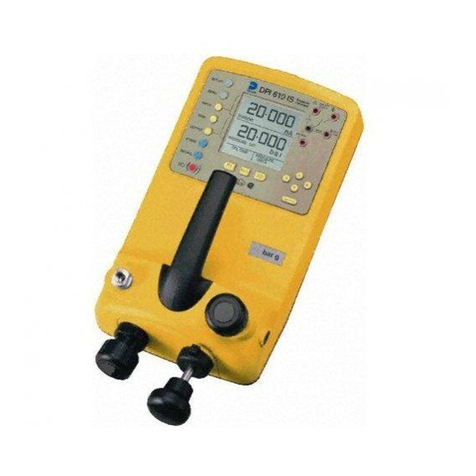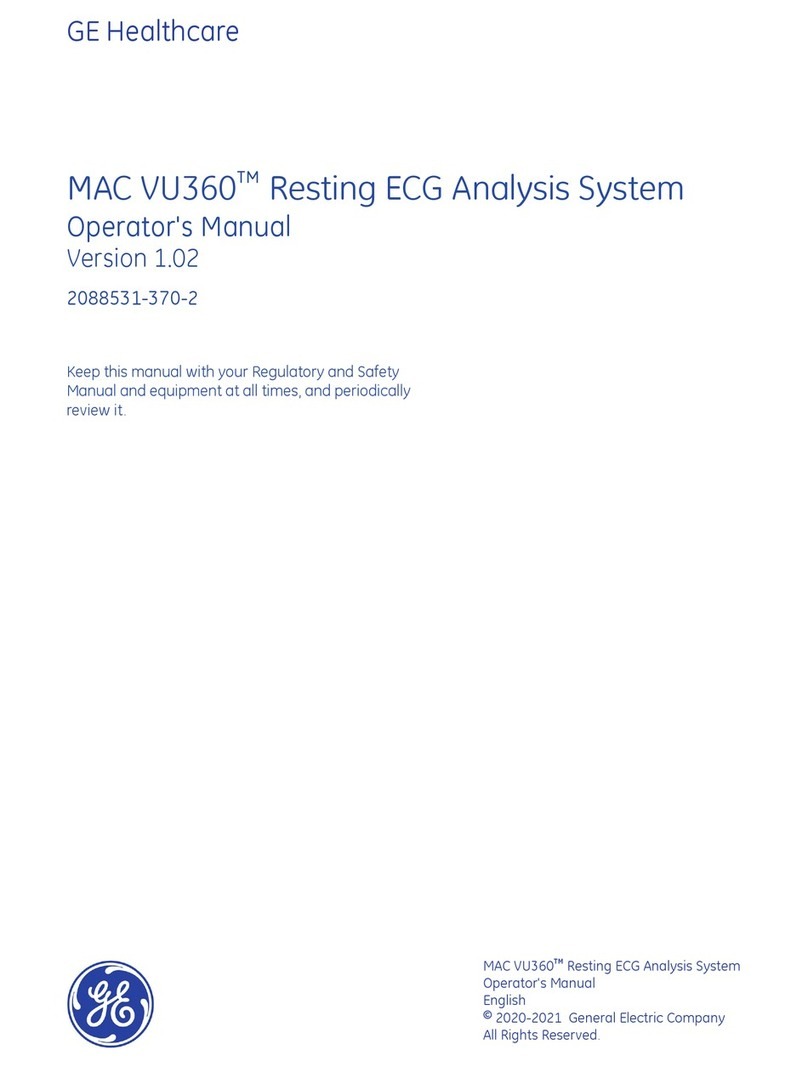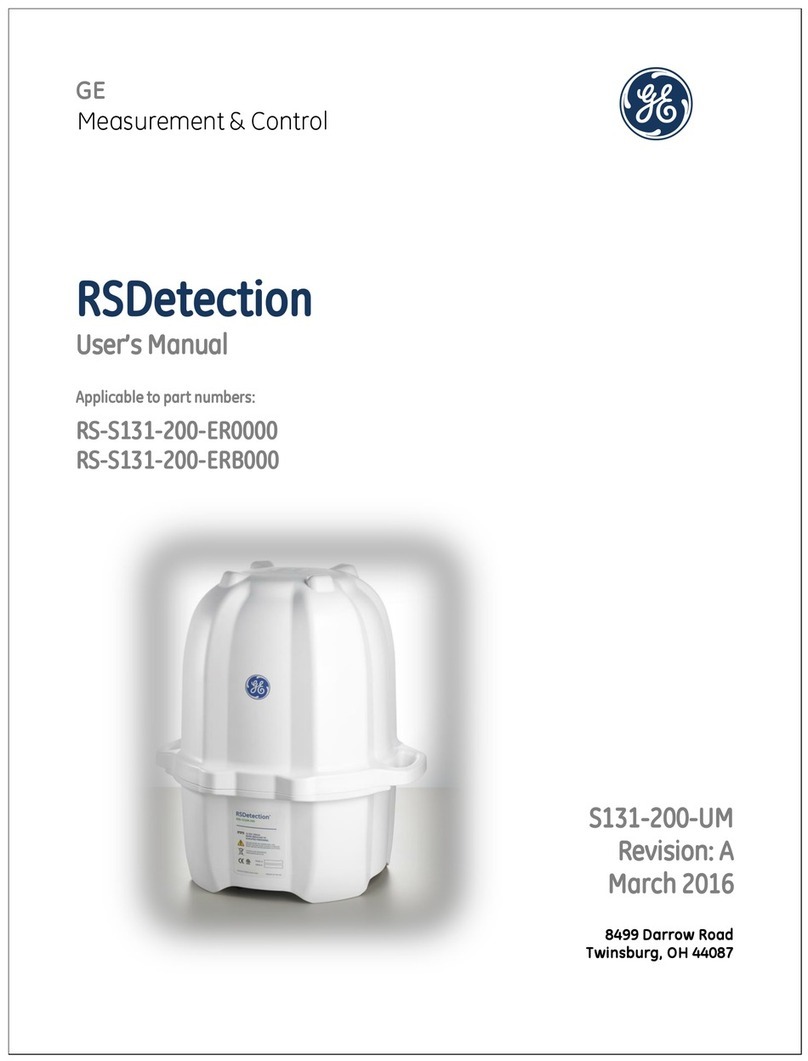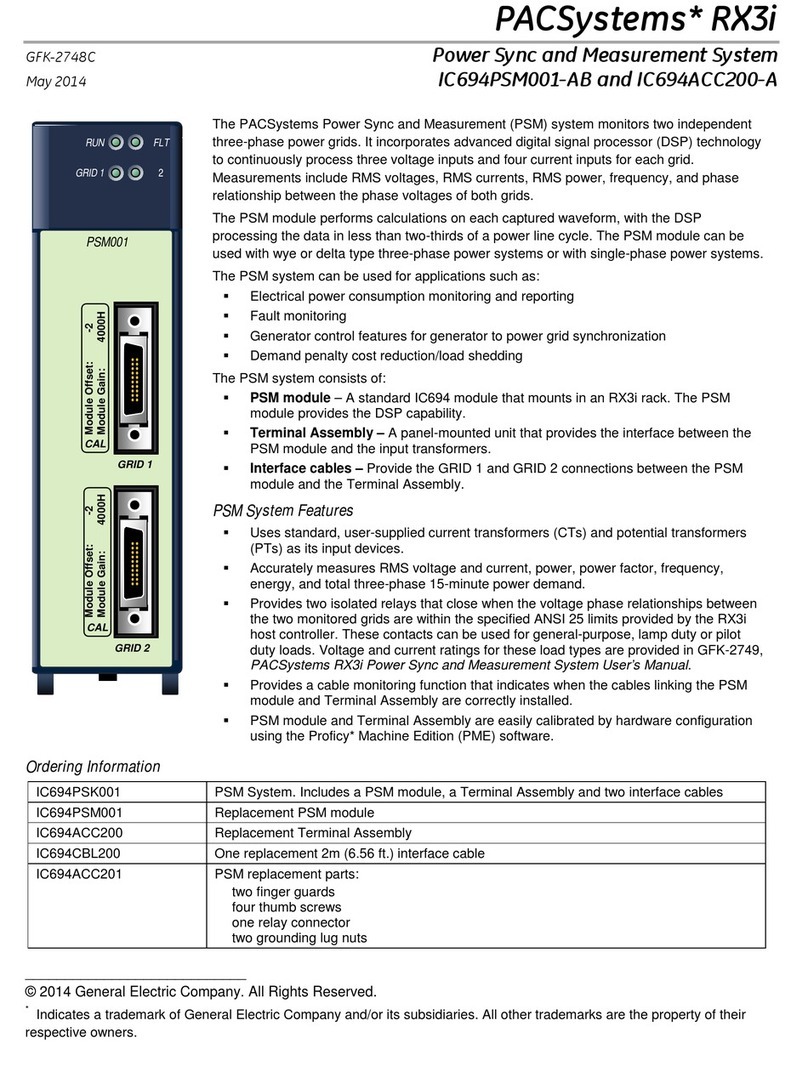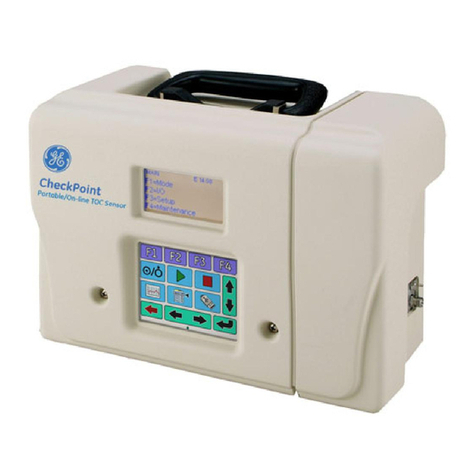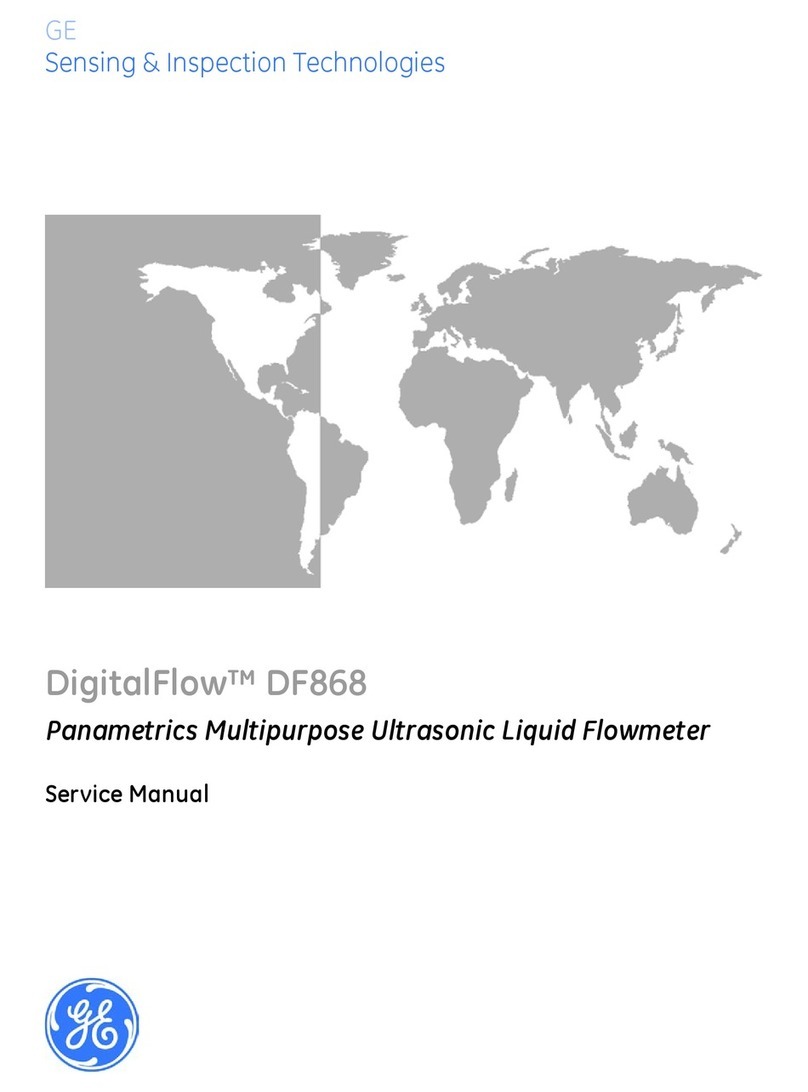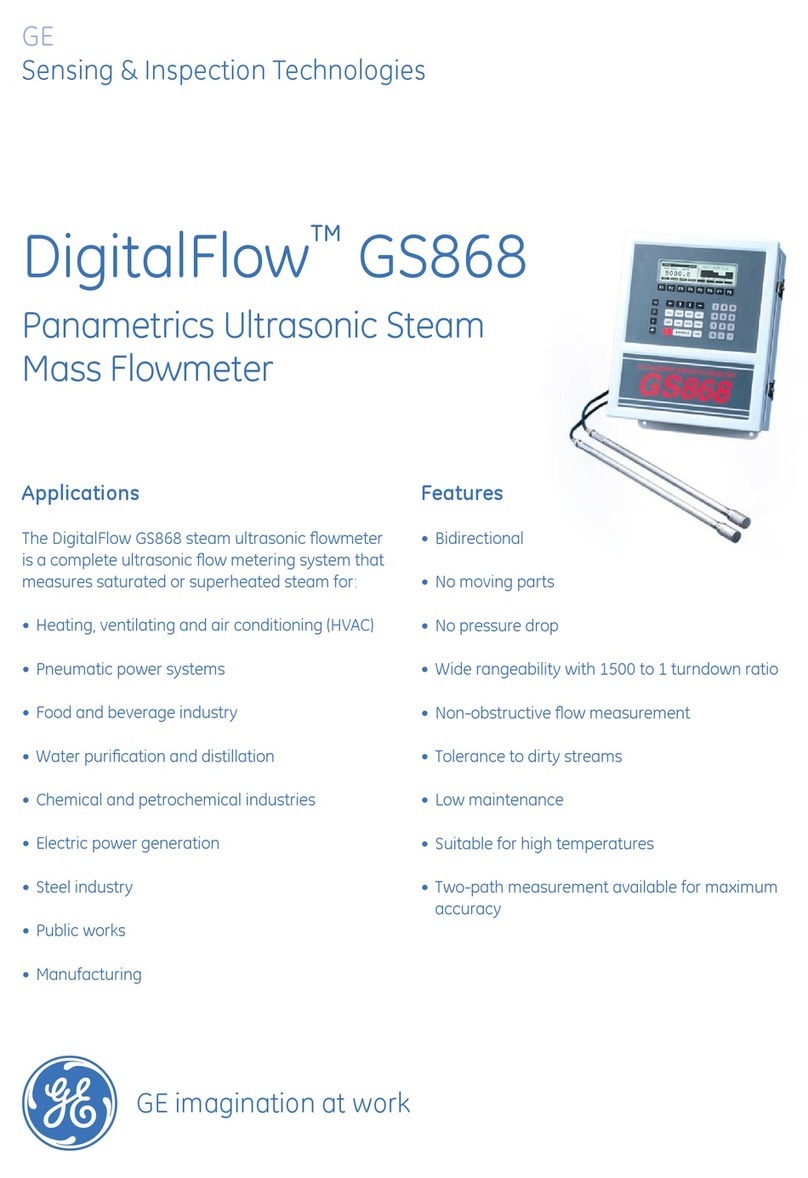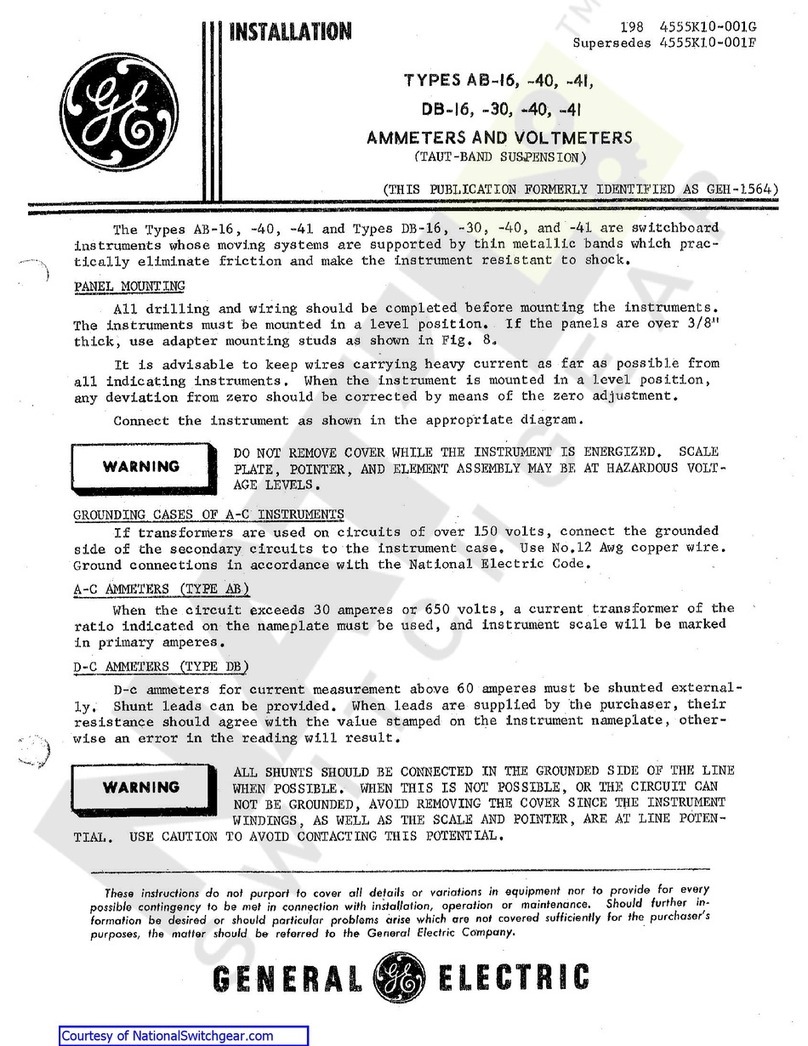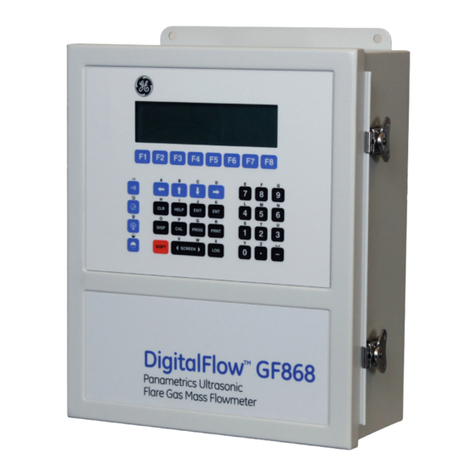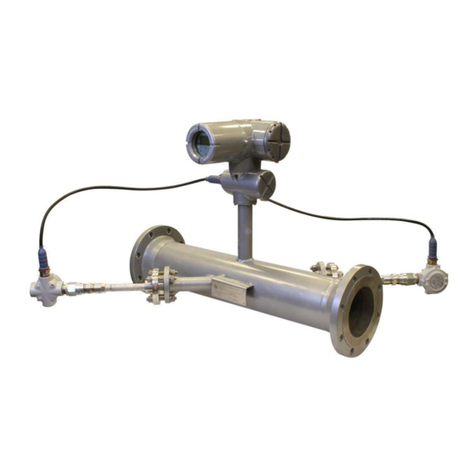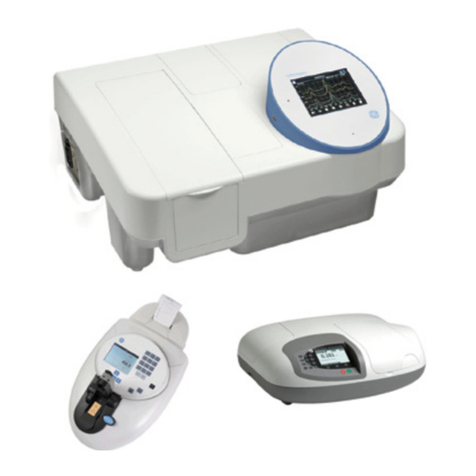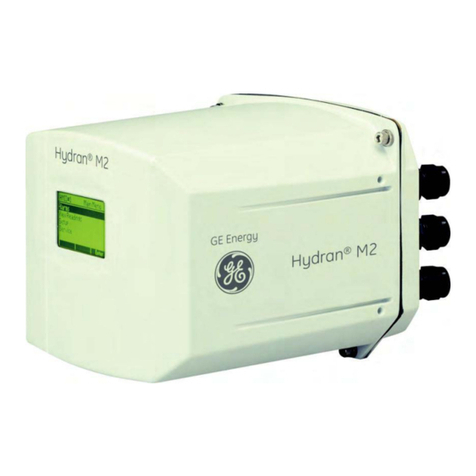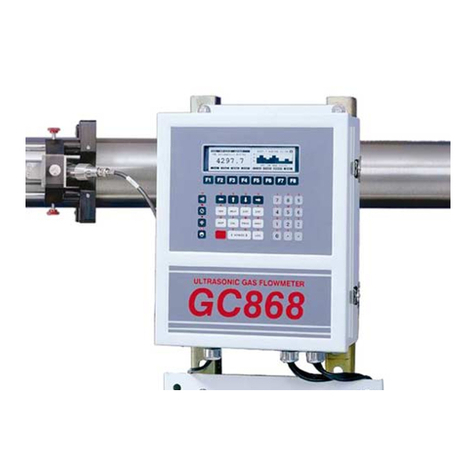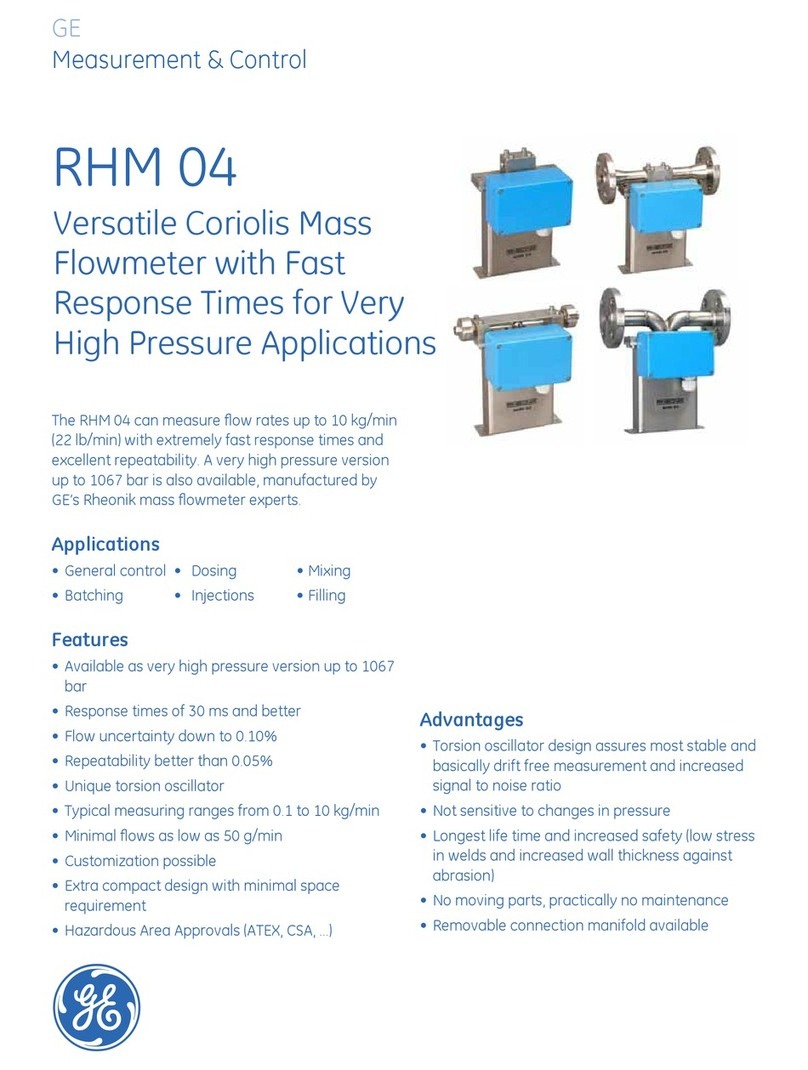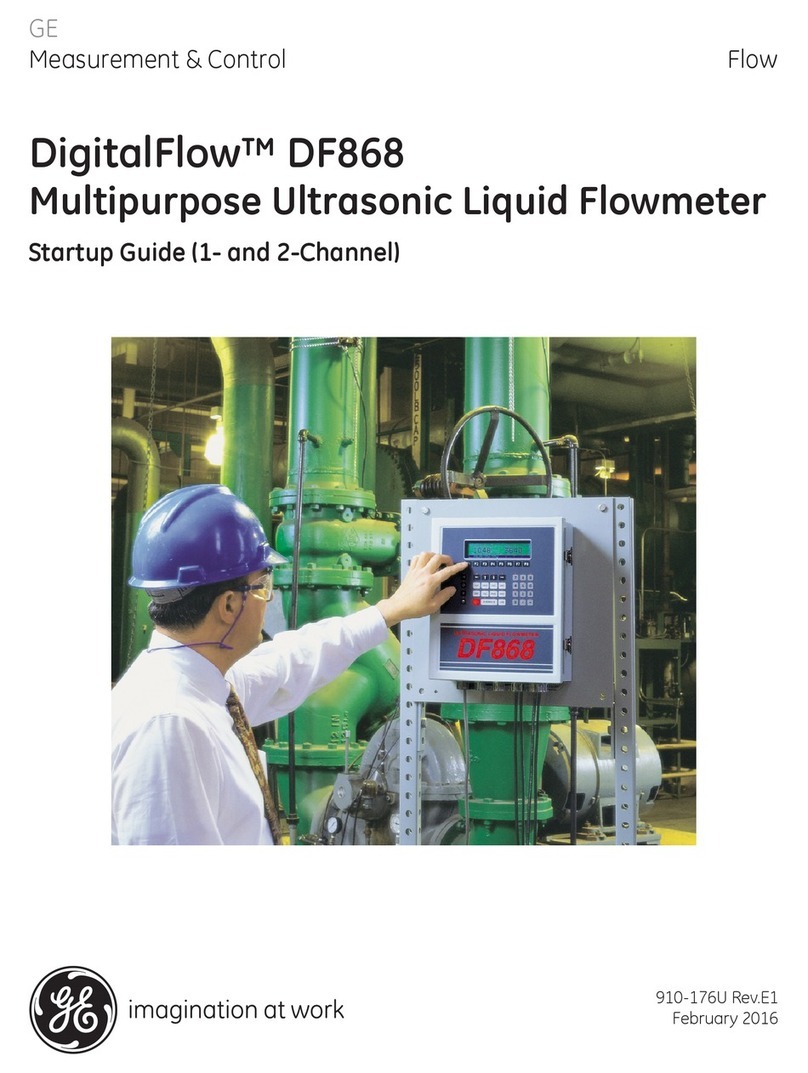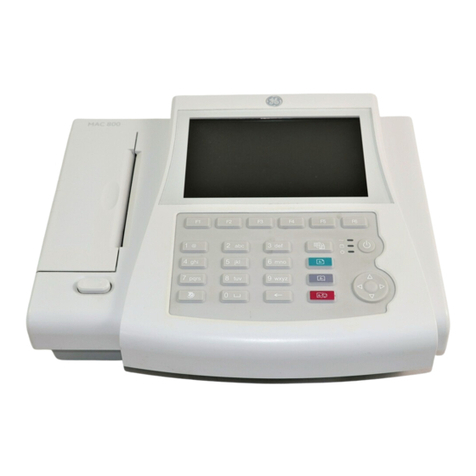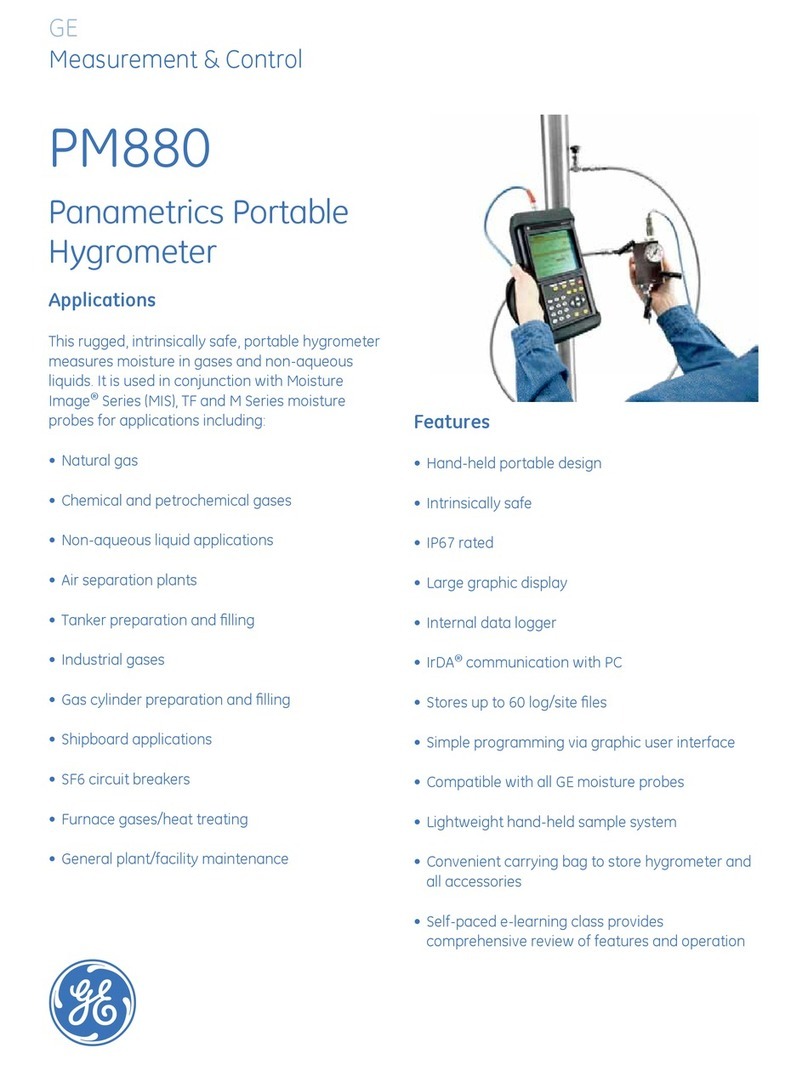
TABLE OF CONTENTS
N60 NETWORK STABILITY AND SYNCHROPHASOR MEASUREMENT SYSTEM – INSTRUCTION MANUAL v
5 SETTINGS 5.1 Settings menu ................................................................................................... 5-1
5.2 Overview ............................................................................................................ 5-4
5.2.1 Introduction to elements .................................................................................................... 5-4
5.2.2 Introduction to AC sources ................................................................................................ 5-6
5.3 Product setup.................................................................................................... 5-7
5.3.1 Security ....................................................................................................................................... 5-7
5.3.2 Display properties ................................................................................................................5-25
5.3.3 Clear relay records ..............................................................................................................5-27
5.3.4 Communications ..................................................................................................................5-27
5.3.5 Modbus user map ................................................................................................................5-80
5.3.6 Real-time clock......................................................................................................................5-80
5.3.7 User-programmable fault report..................................................................................5-84
5.3.8 Oscillography .........................................................................................................................5-85
5.3.9 Data logger .............................................................................................................................5-87
5.3.10 Demand ....................................................................................................................................5-88
5.3.11 User-programmable LEDs ...............................................................................................5-90
5.3.12 User-programmable self-tests ......................................................................................5-93
5.3.13 Control pushbuttons...........................................................................................................5-94
5.3.14 User-programmable pushbuttons...............................................................................5-95
5.3.15 Flex state parameters.....................................................................................................5-100
5.3.16 User-definable displays..................................................................................................5-101
5.3.17 Direct inputs and outputs..............................................................................................5-103
5.3.18 Teleprotection.....................................................................................................................5-110
5.3.19 Installation............................................................................................................................5-111
5.4 Remote resources ........................................................................................5-111
5.4.1 Remote resources configuration ...............................................................................5-111
5.5 System setup.................................................................................................5-112
5.5.1 AC inputs ...............................................................................................................................5-112
5.5.2 Power system......................................................................................................................5-114
5.5.3 Signal sources.....................................................................................................................5-114
5.5.4 Breakers.................................................................................................................................5-117
5.5.5 Disconnect switches........................................................................................................5-122
5.5.6 Phasor Measurement Unit............................................................................................5-125
5.6 FlexLogic ........................................................................................................5-146
5.6.1 FlexLogic operands ..........................................................................................................5-146
5.6.2 FlexLogic rules ....................................................................................................................5-156
5.6.3 FlexLogic evaluation ........................................................................................................5-157
5.6.4 FlexLogic example............................................................................................................5-157
5.6.5 FlexLogic equation editor..............................................................................................5-162
5.6.6 FlexLogic timers .................................................................................................................5-162
5.6.7 FlexElements .......................................................................................................................5-162
5.6.8 Non-volatile latches .........................................................................................................5-166
5.6.9 FlexMath................................................................................................................................5-167
5.7 Grouped elements........................................................................................5-169
5.7.1 Overview................................................................................................................................5-169
5.7.2 Setting group 1...................................................................................................................5-169
5.7.3 Power swing detect..........................................................................................................5-170
5.7.4 Phase current......................................................................................................................5-179
5.7.5 Voltage elements...............................................................................................................5-180
5.7.6 Supervising elements......................................................................................................5-183
5.7.7 Sensitive directional power ..........................................................................................5-185
5.8 Control elements..........................................................................................5-188
5.8.1 Overview................................................................................................................................5-188
5.8.2 Trip bus...................................................................................................................................5-188
5.8.3 Setting groups.....................................................................................................................5-190
